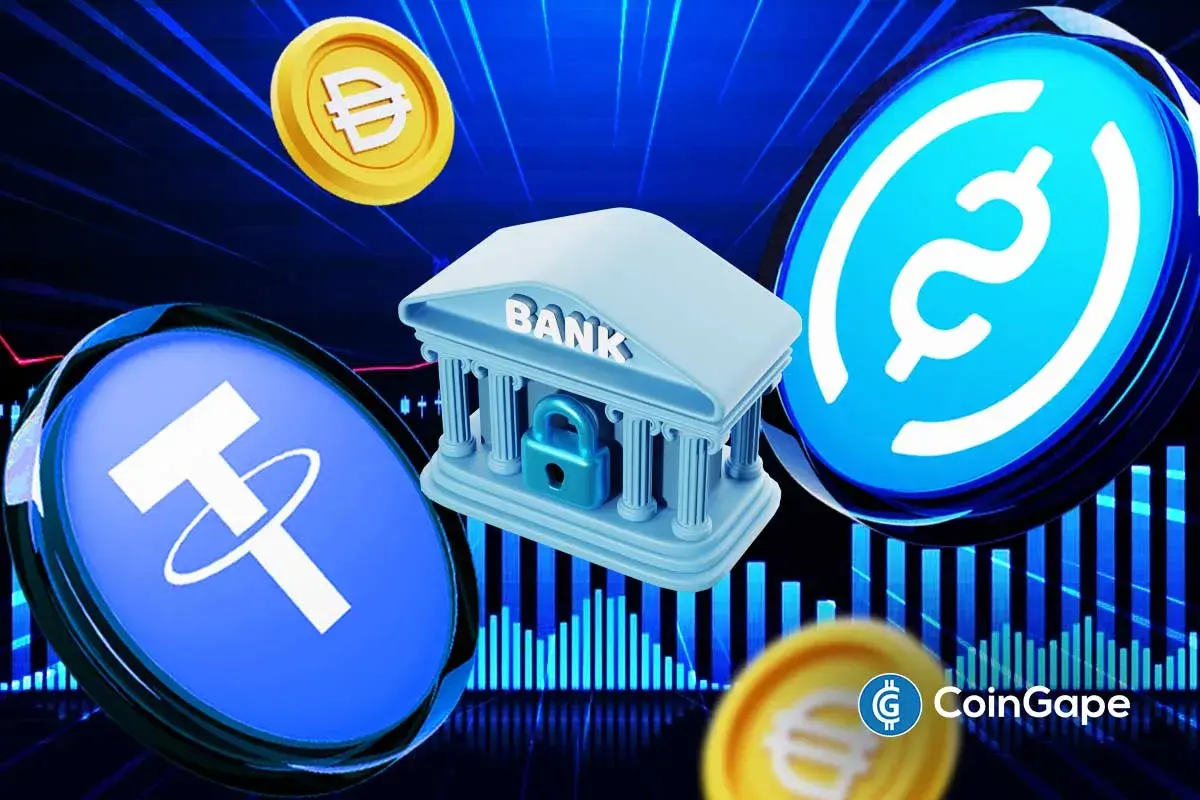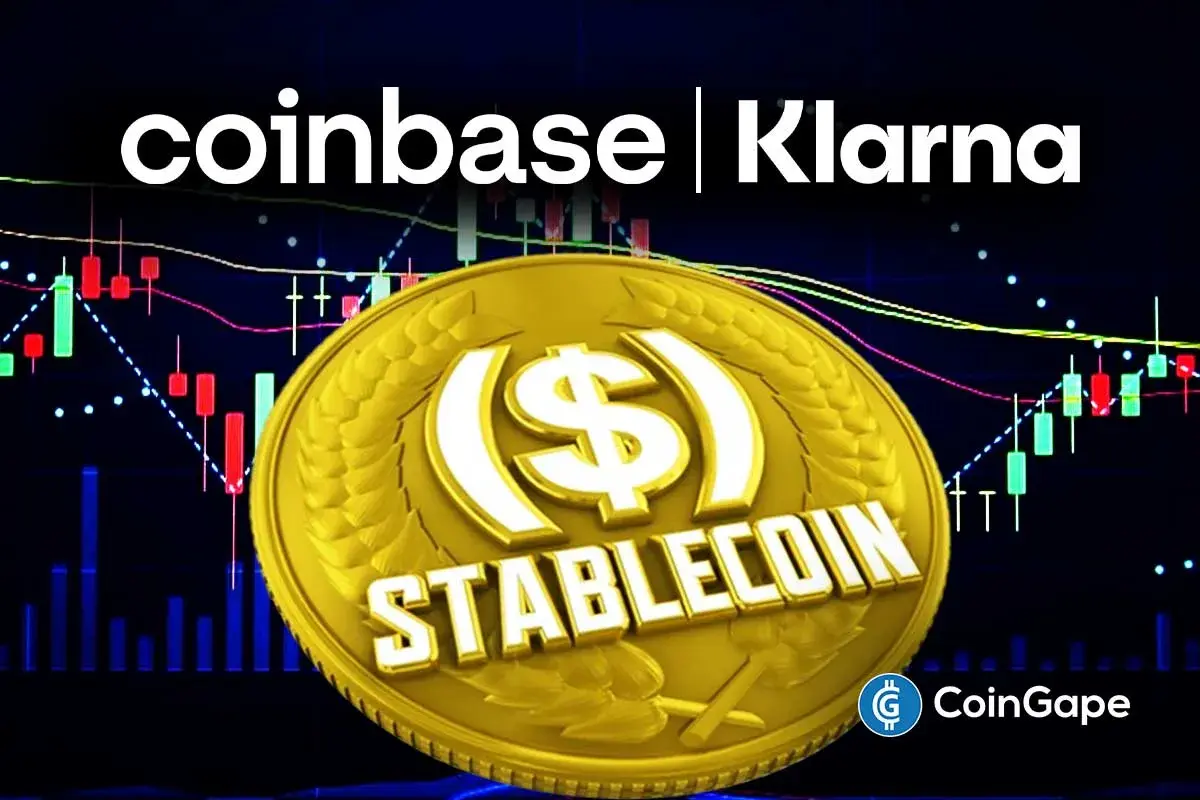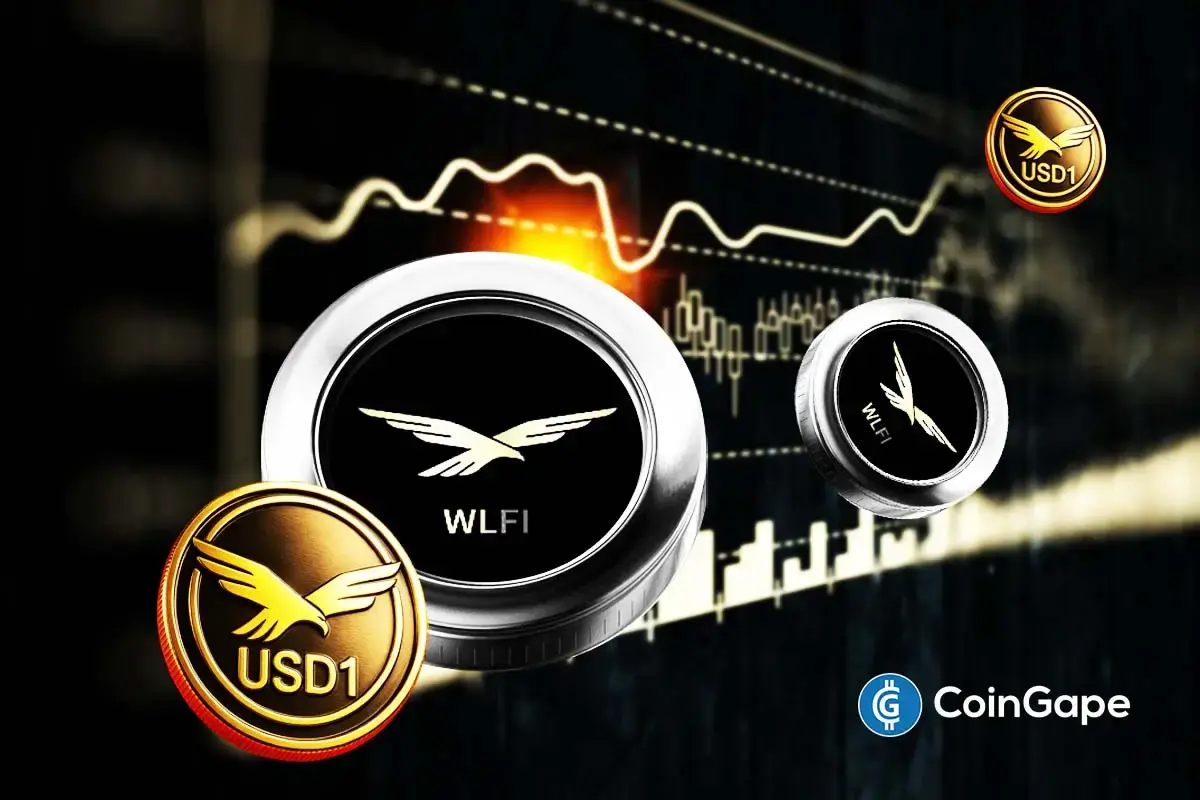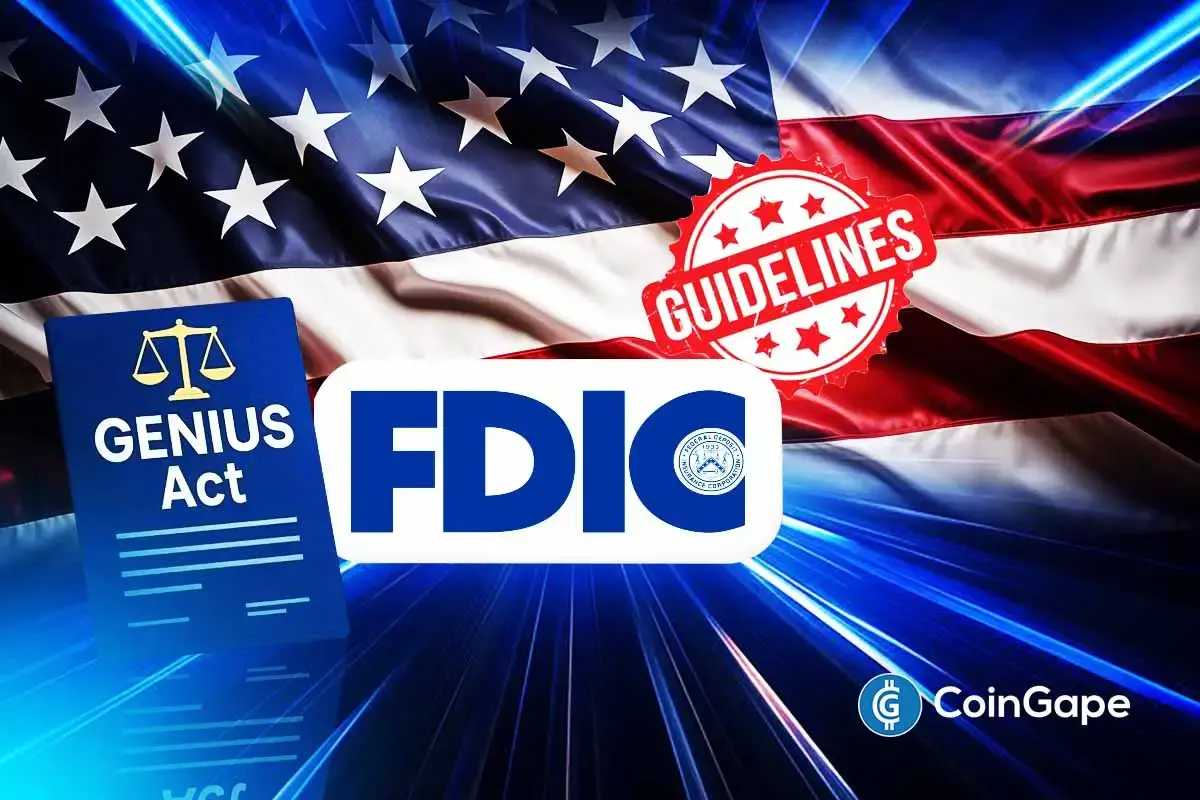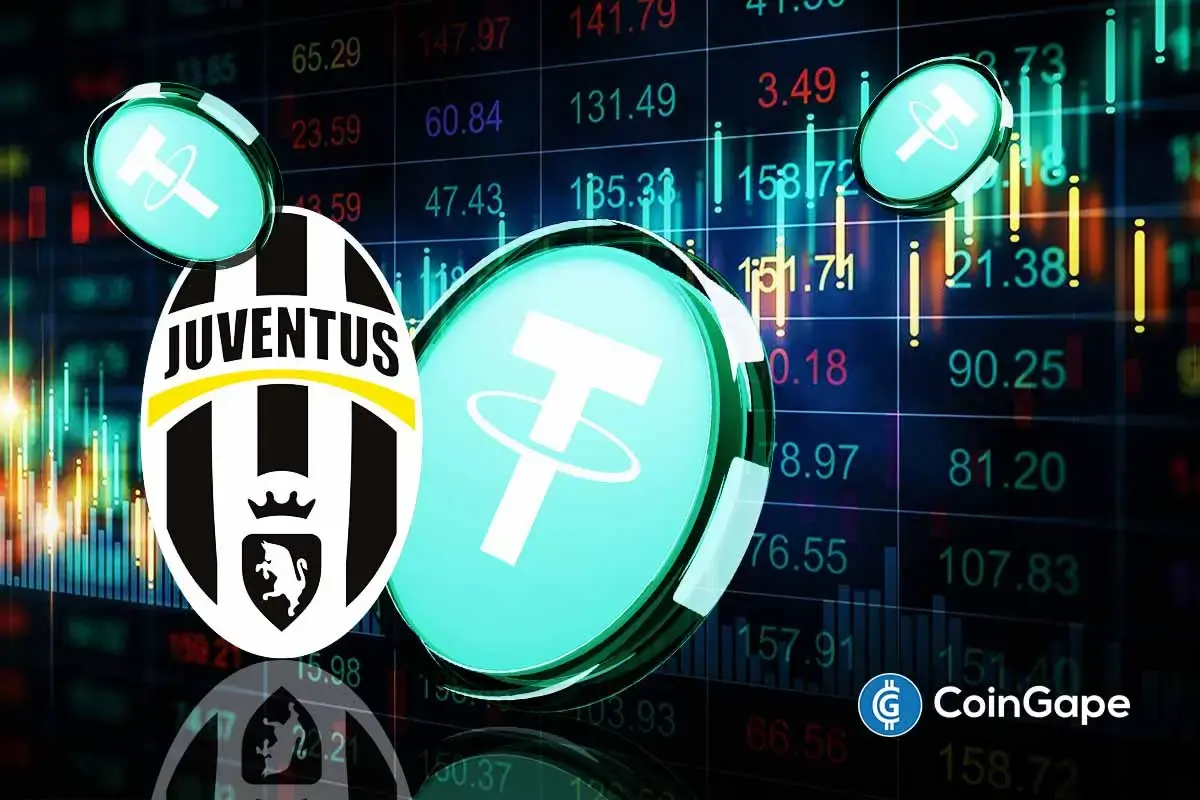ING, UniCredit, CaixaBank And Seven Others to Jointly Issue Euro Stablecoin
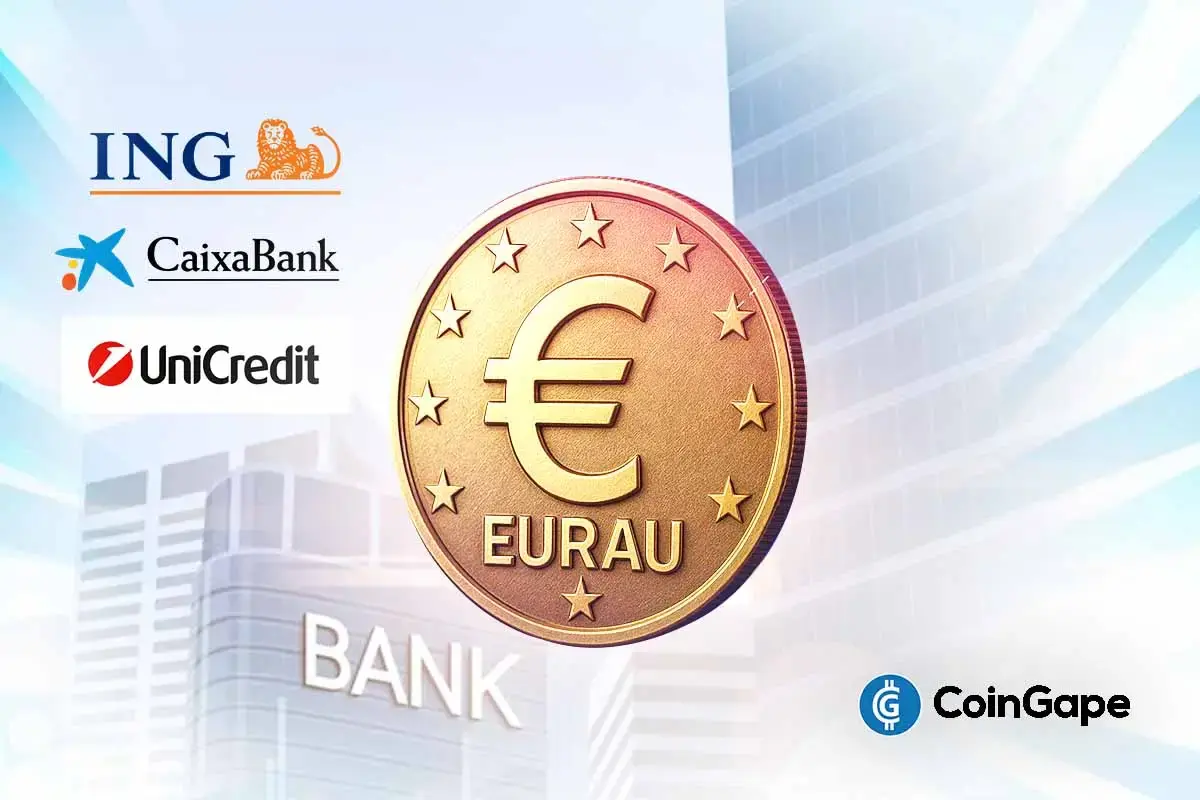
Highlights
- Nine major European banks joined forces to issue a MiCA Regulation-compliant Euro stablecoin.
- The banks are ING, Banca Sella, KBC, Danske Bank, DekaBank, UniCredit, SEB, CaixaBank, and Raiffeisen Bank International.
- The initiative aims to challenge the US-dominated stablecoin market.
Stablecoin issuance is going mainstream as nine leading European banks joined forces to issue a MiCA Regulation-compliant Euro-denominated stablecoin next year. This stablecoin consortium includes ING, UniCredit, and CaixaBank, having a massive user base and managing more than $600 billion in assets individually.
9 Banks to Jointly Issue Euro Stablecoin in 2026
Nine European banks, ING, Banca Sella, KBC, Danske Bank, DekaBank, UniCredit, SEB, CaixaBank, and Raiffeisen Bank International, have formed a new company to issue a Euro stablecoin, according to an official announcement by banks on September 25.
The MiCAR-compliant Euro stablecoin will become a trusted European payment standard in the digital ecosystem. Currently, the bank consortium has submitted an application for an e-money institution license to the Dutch Central Bank. They anticipate the launch in the second half of 2026.
“By joining this consortium of leading European banks, we are contributing to fill the need for a trusted, regulated solution for on-chain payments and settlement,” said Fiona Melrose, head of group strategy and ESG at UniCredit. This paves the way for a new digital payment standard to support Europe’s growth and financial sovereignty, she added.
The bank consortium has revealed that it is open to welcoming additional banks, with a CEO expected to be appointed following regulatory approval. Recently, Ripple targeted Luxembourg as its entry point for RLUSD’s European rollout under new MiCA regulations.
This development comes amid the wait for the European Central Bank (ECB) to launch its long-touted digital euro. Notably, ECB board member Piero Cipollone stated earlier this week that the bank aims for 2029 as a realistic timeline to launch the coin.
Challenging the US-Dominated Stablecoin Market
The initiative aims to challenge the US-dominated stablecoin market, maintaining Europe’s strategic autonomy in payments. USD stablecoins saw record growth in adoption in the region, taking over payments and settlements.
The Euro stablecoin will prompt all banks to provide value-added services, such as a stablecoin wallet and custody services. Demand for stablecoin adoption grew after the Markets in Crypto-Assets Regulation (MiCA) fully took effect in December last year.
The near-instant, low-cost payments and settlements with stablecoins attracted BBVA, Deutsche Bank, and ING Group. Stablecoin enables 24/7, real-time access to cross-border payments, programmable payments, supply chain management, and digital asset settlements.
Top Euro-pegged stablecoins in terms of market capitalization are EURC, STASIS EURO, EUR CoinVertible, and Tether EURT. Circle Internet Group’s EURC leads with $259.7 million in market cap.
- Nearly $50M in USDT Stolen After Address Poisoning Scam Targets Crypto Trader Wallet
- Breaking: Rep. Max Miller Unveils Crypto Tax Bill, Includes De Minimis Rules for Stablecoins
- XRP Holders Eye ‘Institutional Grade Yield’ as Ripple Engineer Details Upcoming XRPL Lending Protocol
- Michael Saylor Sparks Debate Over Bitcoin’s Quantum Risk as Bitcoiners Dismiss It as ‘FUD’
- Ethereum Faces Selling Pressure as BitMEX Co-Founder Rotates $2M Into DeFi Tokens
- Will Solana Price Hit $150 as Mangocueticals Partners With Cube Group on $100M SOL Treasury?
- SUI Price Forecast After Bitwise Filed for SUI ETF With U.S. SEC – Is $3 Next?
- Bitcoin Price Alarming Pattern Points to a Dip to $80k as $2.7b Options Expires Today
- Dogecoin Price Prediction Points to $0.20 Rebound as Coinbase Launches Regulated DOGE Futures
- Pi Coin Price Prediction as Expert Warns Bitcoin May Hit $70k After BoJ Rate Hike
- Cardano Price Outlook: Will the NIGHT Token Demand Surge Trigger a Rebound?

 Claim $500
Claim $500



